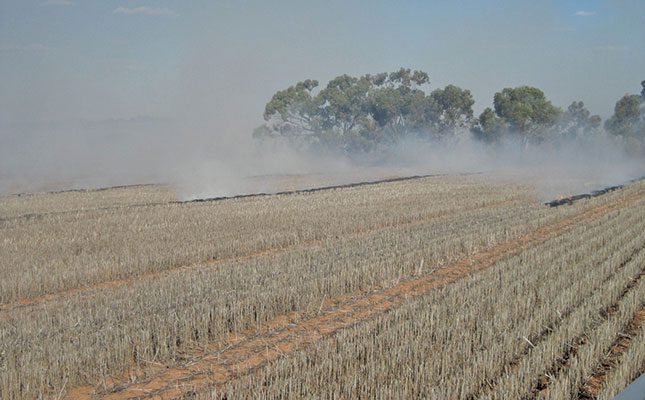Herbicide resistance starts small—losing just one or two herbicides—but quickly snowballs as weeds adapt, making chemical control less effective. This threatens food security by reducing crop yields and driving up production costs.
In Australia, herbicide resistance contributed to a decline in grain farming, especially in Western Australia, where intensive cropping without livestock accelerated the problem. Surveys show that 90% of ryegrass populations there are resistant to herbicides, with resistance levels also rising in other regions.
Smarter Weed Management
To fight back, farmers have turned to Harvest Weed Seed Control (HWSC), which prevents weed seeds from returning to the soil during harvest. Techniques include:
- Chaff carts & baling – Collecting weed-bearing chaff for livestock feed or removal.
- Windrow burning – Concentrating and burning weed seeds, though it has long-term soil drawbacks.
- Impact mills – Crushing weed seeds during harvest while maintaining conservation farming principles.
- Chaff tramlining & lining – Creating environments that suppress weed germination.
High-Tech Weed Control
Beyond HWSC, farmers are adopting precision spot-spraying with AI-driven tools like WeedSeeker and WeedIT, which identify and spray only the weeds. Autonomous robots, such as SwarmFarm, take this further by continuously targeting weeds throughout the season.
Emerging non-chemical solutions include laser weeding, microwaves, and waterjet cutting, offering promising alternatives to herbicides.
A Multi-Pronged Approach
No single solution will stop herbicide resistance—farmers must combine strategies. Whether through strategic tillage, cover cropping, or precision technology, the key is eliminating weeds before they adapt.
Herbicide resistance isn’t just a challenge—it’s a battle. The farms that win are the ones that evolve faster than the weeds do.


